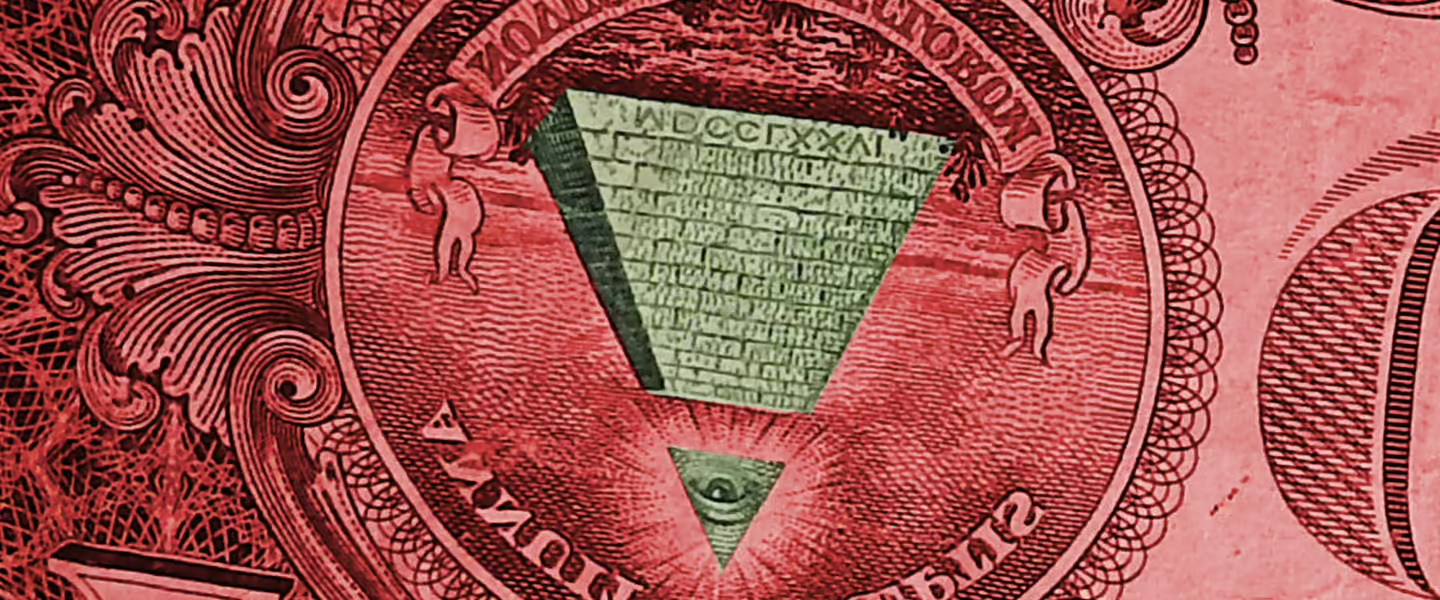Welcome to Saturday Hashtag, a weekly place for broader context.
|
Listen To This Story
|
Is the private equity problem too big to scale?
Historically, companies have used the IPO — Initial Public Offering — to raise money but, since the ’90s, private equity has flipped that business model, providing an alternative path to investments and loans.
Since its inception, private equity has created an enormous amount of value and provided significant benefits to the economy as a whole. From the 1990s to 2010, private equity’s 14.4 percent returns outperformed the 8.1 percent of the S&P.
On the downside, private equity is not required to disclose financial data, and it often takes public companies private, shielding those financial records from public scrutiny and removing regulators, oversight, and accountability from the loop.
PE by the Numbers
The private equity market is now worth more than $11 trillion, it is growing rapidly, it operates covertly — and it spends millions lobbying against accountability, which is why it remains almost entirely unregulated.
This multitrillion dollar industry is using over leveraged uncollateralized debt for high risk investing to eat up public companies.
Total public companies have declined 37 percent over the past 30 years while total private companies have increased 44 percent over the past 30 years.
Interest rate increases after 2010 caused a decline in returns and led to riskier investment gambles, pushing PE into private loans/credit. The industry began taking over the role of banks sans regulation or oversight and buying up huge chunks of the US economy with other people’s money.
In 1994 nonbanks/PE provided credit to only 28 percent of the business investment marketplace. In 2024 nonbanks/PE provide credit to 75 percent of the business investment marketplace.
The expanding banking/credit role of PE in the economy has created a disproportionate systemic risk, enhanced by of all its undisclosed financial data and its habit of monopolizing entire industries across multiple sectors of the economy, e.g. PetSmart, Petco, Dollar General, Staples, Toys R Us, Neiman Marcus Group, Michaels, Mattress Firm, Claire’s Stores, Blank Street Coffee, Barnes & Noble, Pink Berry, European Wax Centers, etc.
Veterinary Sector: Private equity spent $9.3 billion in the first four months of 2024 alone to become the largest owner of veterinary clinics and hospitals capturing 29 percent of the vet marketplace and also buying up other ancillary pet business as well.
Housing Sector: Last year private equity bought 26 percent of the affordable homes, totalling more than 500,000 homes across the United States. It is expected to control 40 percent of the US single-family rental market by 2030.
Since the 1990s, the private equity dynamic has changed. In 2019 Warren Buffet stated that private equity is fabricating financial data. In 2022 PE began selling businesses to themselves in what Amundi CEO Vincent Mortier called a huge pyramid scheme. The current 20-year high interest rate and the unregulated nature of the industry could trigger a cascade of defaults.
It is almost impossible to determine the impact of an industry collapse on the economy since private equity financial data is concealed from regulators, but given the estimated debt size in the trillions and the broad scope of economic sectors in the PE pyramid scheme, it could be significant.
It took the speculation-fueled economic crash of 1929 to understand that hidden, systemic financial risk poses a danger to the entire economy. This realization led to financial disclosure legislation for all public companies. Let’s hope it doesn’t require the same kind of crash to legislate financial disclosure for private equity.
The economy needs private equity accountability now.
The Private Equity Bubble Is About to Deflate
From the Manhattan Institute: “Whether valuations fall suddenly or gradually, the industry is due for a reckoning, and the consequences for the economy are dire. Markets today pose a new existential question: Can there be a bubble in something if it has no price?”
Gibson Dunn Wins Sweeping Victory in Fully Overturning SEC Private Funds Rule
From Gibson Dunn: “We are pleased to announce that Gibson, Dunn & Crutcher LLP, on behalf of leading industry groups, has won its challenge to a rule adopted by the U.S. Securities and Exchange Commission (“SEC”) that would have fundamentally changed the way private funds and their advisers are regulated.”
California Takes Lead on Regulating Private Equity Health Deals
The author writes, “California legislation that would give the attorney general authority to block private equity firms’ moves into the health-care industry is seen as a potential model for other states looking to limit consolidation and protect patient care.”
For Private Equity, the New Year Rings in New Regulatory Pressures
From Middle Market Growth: “A look at some of the new regulations and rules being proposed or already being enforced [in 2024].
What General Partners Should Know About New Private Fund Rules
The author writes, “On Aug. 23, 2023, the U.S. Securities and Exchange Commission (SEC) adopted new rules and amendments for private fund advisers under the Investment Advisers Act of 1940, ushering in significant regulatory changes in the private fund industry. As the private fund adviser rules will likely affect all private fund operations, general partners (GPs) should understand the impetus for the change and what it means for them. Here is the gist of the new rules and the expectations for the industry.”
Private Equity In the US Regulatory Firing Line
From Financier Worldwide Magazine: “Perhaps nowhere in the world is the impact of private equity (PE) felt more keenly than in the US. Private funds reported holding $20.4 trillion in gross assets by the end of 2022, versus $8 trillion about a decade earlier, according to the US Securities and Exchange Commission (SEC). Today, PE deals account for more than one-third of all M&A activity in the US. Dealmaking is especially prevalent in the technology, healthcare, consumer, and financial services sectors. Though 2023 saw dealmaking, exit and fundraising activity fall amid spiking interest rates, PE firms remain active in the US, with many transactions benefitting from favorable tax policies.”




